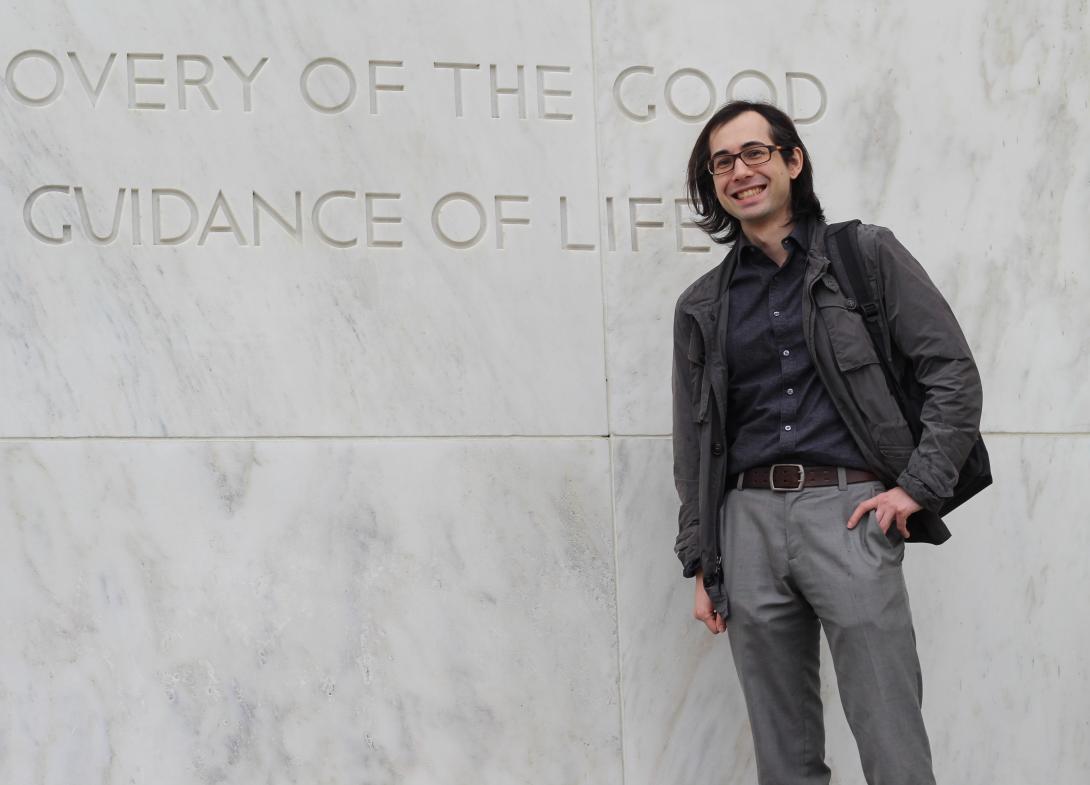
While many Americans struggle to afford their prescription drugs, OSPIRG Foundation’s survey of retail prices of commonly prescribed medications found patients can save hundreds, even thousands of dollars in some cases by shopping around at pharmacies within their communities.
"Americans shouldn’t have to forgo life-saving medicines. But when they don't realize there are more affordable options at a different pharmacy, some have to do exactly that,” said Mark O. Griffith, OSPIRG Foundation’s Health Care Advocate. “Our medications don’t work any better when we pay more for them. We need a transparent prescription drug system that delivers value to patients at a reasonable price, instead of confusing and price-gouging them." OSPIRG Foundation’s report, “The Real Price of Medications: A Survey of Pharmaceutical Prices,” reveals a wide variation in the retail pricing of prescription drugs by pharmacies large and small, urban and rural.
Oregon’s legislature is considering several bills that aim to bring real savings to consumers. HB 2689 opens up wholesale importation of safe, lower-cost drugs from Canada. HB 2658 requires drug companies to give advance notice before raising prices. And HB 2961 would require drug advertisements in Oregon to disclose the wholesale price. “There is no doubt that the pharmaceutical supply chain is a complex labyrinth of manufacturers, middle-men and payers all trying to get a slice of the pharma pie,” says Representative Andrea Salinas, Chair of the House Committee on Health Care. “However, there is also no doubt that the one who is left with the empty pie plate is the consumer, with many not able to afford their prescription drugs. It’s up to Oregon legislators to unpack the complexity, bring transparency to the process and take bold action to bring relief to consumers. I’m committed to this charge and look forward to providing affordable access to prescription drugs to all Oregonians.”
OSPIRG Foundation surveyed more than 250 pharmacies in 11 states for cash prices on 12 common drugs. Researchers found that consumers face a dizzying array of price differences:
- Patients could save from $102 - $5,400 a year between minimum and median prices of the selected medications by shopping around.
- Prescription drug price variation appeared disconnected from where the medicines were sold in urban and rural locations across many states; the median price for the surveyed brand and generic drugs varied an average of 892 percent from the cheapest available price.
- Switching from brand name drugs to generic alternatives can help save money. For example, switching from the brand acid reflux medication Nexium to its generic could save a patient an estimated $756 annually.
- Brand name drugs did not adjust to competition from generic drugs, even years after they entered the market. For instance, patients who switch from branded Lipitor to its generic could save an estimated $3,927 annually.
- Large chain pharmacies tend to have higher prices than their small chain or independent counterparts, despite having more leverage in the marketplace. Eight of the 12 drugs in the survey had higher median prices of 8.8 percent to 840 percent at large chains compared to small or independent pharmacies.
The authors point out that these high prices negatively impact the value patients get from medications, adding that paying more for their life-saving medicines doesn’t make you any healthier -- and the added expense can make treatments harder while triggering hard financial tradeoffs. “These survey results are very disturbing. We as consumers shouldn’t have to run all over town finding the best price for our prescription drugs,” said Ruby Haughton-Pitts, AARP Oregon State Director, “We’re paying the highest prices in the world so drug companies can rake in billions.”
Retail prescription drug spending represents about 10 percent of the overall national health expenditures in America, while nearly 1 in 4 Americans struggle to afford their prescription drugs primarily because of inflated prices. “The status quo can’t continue. Patients can’t afford it, for their health or their finances. We need to address the problem and make sure that Americans get the value they deserve from their health care,” finished Griffith.